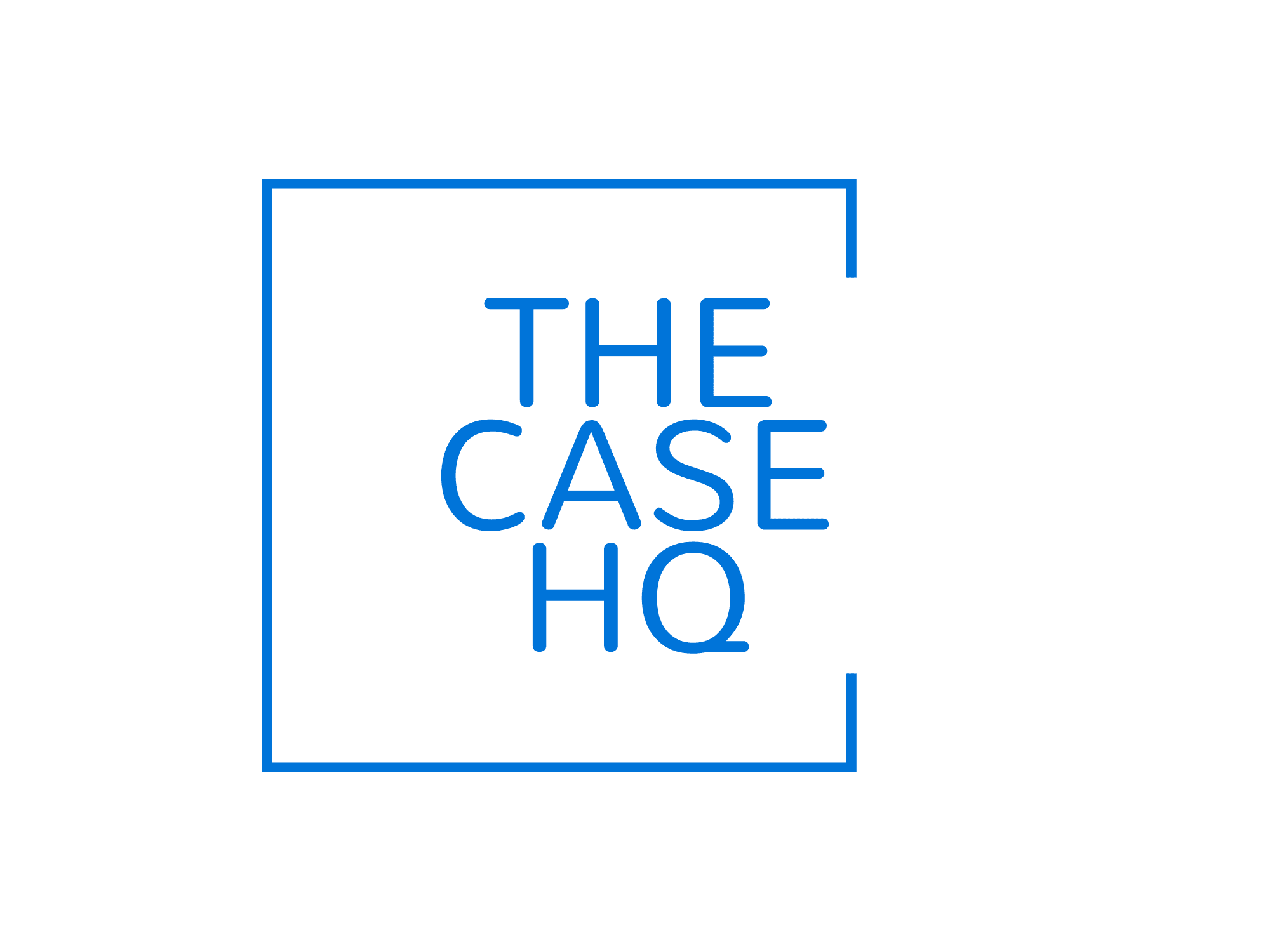As classrooms evolve with the integration of digital technologies, one of the most transformative shifts in education is the rise of AI-based assessments. These intelligent systems promise faster grading, deeper insights, and personalized feedback, but how do they truly compare to traditional assessments?
In this comparative review, we examine the strengths and limitations of both approaches to help educators, institutions, and learners navigate the changing assessment landscape.
Exploring the Real-World Impact of Case Studies in Urban Planning
What Are Traditional Assessments?
Traditional assessments include:
- Paper-based quizzes, exams, and essays
- Human-scored assignments and presentations
- Static tests with fixed content and structure
- Feedback delivered post-completion
These methods rely heavily on manual effort and educator expertise, which brings both flexibility and variability to the grading process.
What Are AI-Based Assessments?
AI-based assessments use algorithms and machine learning to:
- Auto-grade responses (objective and subjective)
- Provide real-time or instant feedback
- Adapt question difficulty based on student performance
- Analyze learning patterns over time
AI tools can evaluate multiple-choice questions, essays, and even coding assignments at scale.
See practical tools in The Case HQ’s
Key Comparison: Traditional vs AI-Based Assessments
| Feature | Traditional Assessments | AI-Based Assessments |
|---|---|---|
| Speed | Manual, time-intensive | Instant, automated |
| Consistency | Varies between graders | Uniform and rule-based |
| Feedback | Delayed, sometimes generic | Immediate, personalized |
| Scalability | Limited by teacher capacity | Mass grading possible |
| Adaptivity | Fixed test design | Dynamic and responsive |
| Bias Risk | Human bias potential | Lower (but not bias-free) |
| Oversight | Human-led | Requires monitoring of AI outputs |
Advantages of AI-Based Assessments
- Efficiency at Scale
Evaluate hundreds of students simultaneously with automated grading engines and feedback systems. - Personalized Learning
AI adjusts assessments and feedback based on student performance, supporting individualized learning journeys. - Data-Driven Insights
Real-time dashboards provide valuable insights into learner progression, engagement, and risk factors. - Rubric Alignment
AI ensures uniform interpretation of rubrics, reducing variability in subjective grading.
Explore personalized feedback in The Case HQ’s courses
Advantages of Traditional Assessments
- Human Contextual Understanding
Educators can factor in creativity, cultural references, and nuanced argumentation. - Flexibility
Instructors can modify rubrics, allow late submissions, or use discretion in grading. - Emotional Intelligence
Humans offer empathy and mentorship, especially important in high-stakes evaluations.
Ethical and Practical Considerations
AI-based systems must be implemented ethically and responsibly:
- Use explainable AI to show how scores are calculated
- Maintain human moderation for subjective tasks
- Protect student data through secure platforms
- Educate students about how their work is evaluated
Which Is Better?
It’s not either-or.
The most effective strategy combines the precision and scalability of AI with the human insight and flexibility of traditional methods. For example:
- Use AI for initial grading and feedback
- Allow human review for final grades or appeals
- Pair adaptive assessments with teacher-led discussions
Final Thoughts
Traditional vs AI-based assessments isn’t a battle, it’s a blend. Each has unique strengths, and together they can create a more responsive, efficient, and fair assessment system.
Educators and institutions can start transitioning to this hybrid model with support from The Case HQ’s AI and assessment training programs equipping today’s teachers for tomorrow’s classrooms.
Visit The Case HQ for 95+ courses
Read More:
Breaking Down a Case Study: An Interactive Walkthrough
How to Cite Case Studies and Research Publications in Your Work
The Intersection of Ethics and Case Studies in Research
The Influence of Case Studies on Public Policy Development
The Art of Crafting Impactful Case Studies
Transforming Businesses with Strategic Case Studies
Case Studies: A Tool for Change in Social Work
The Impact of Case Studies on Women’s Empowerment Initiatives
How Case Studies Influence Political Campaign Strategies



Responses